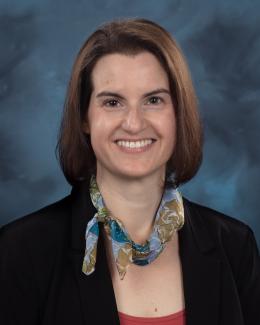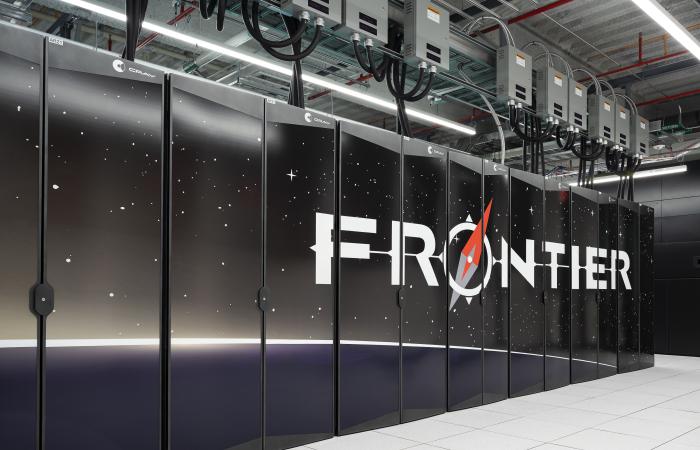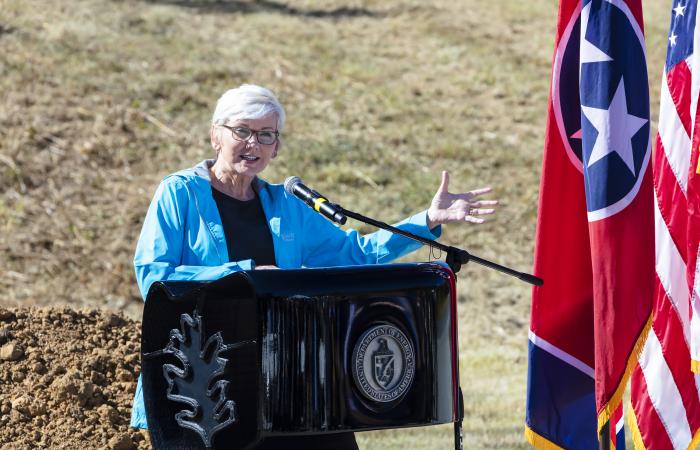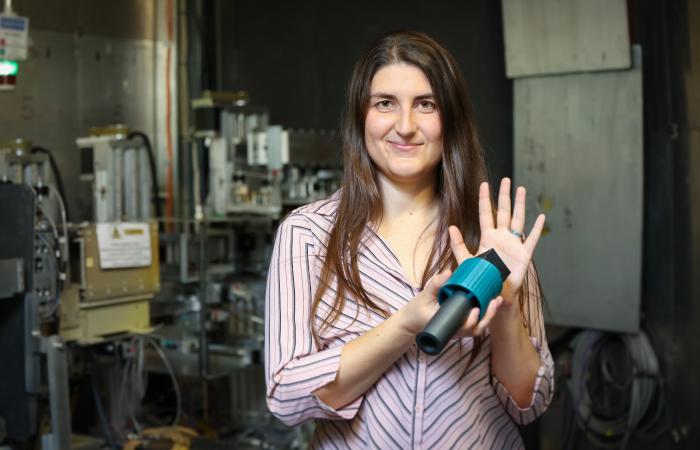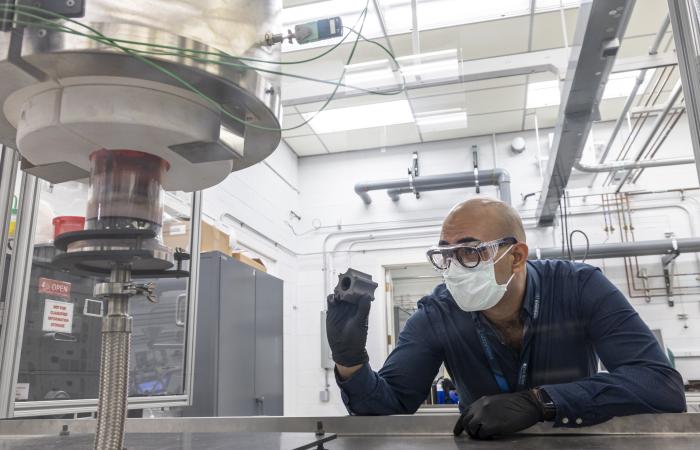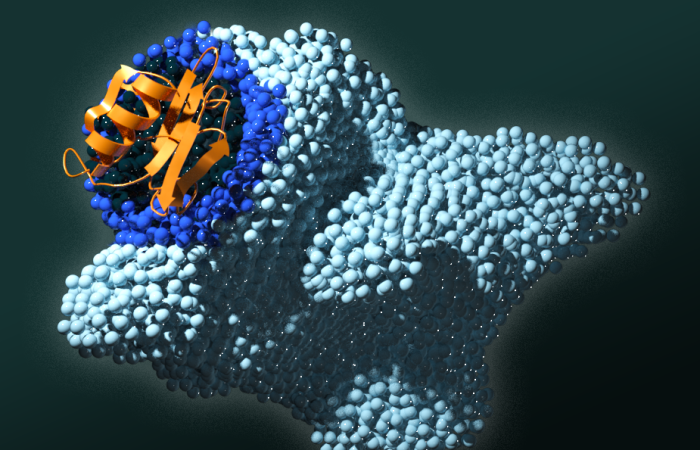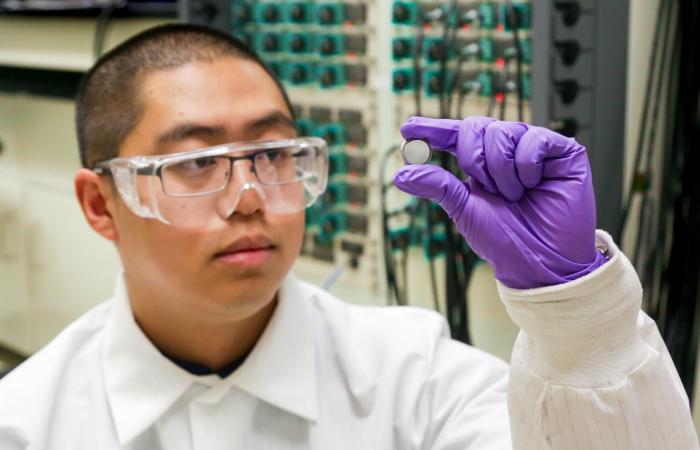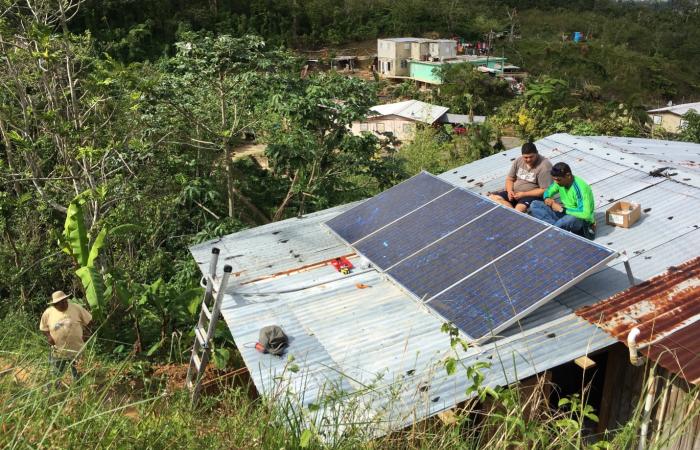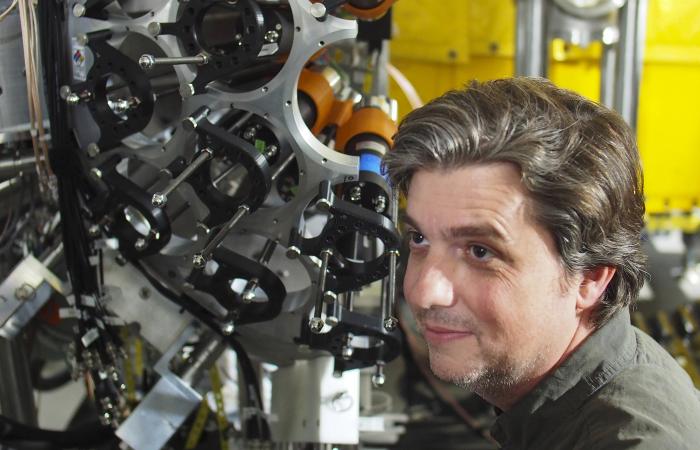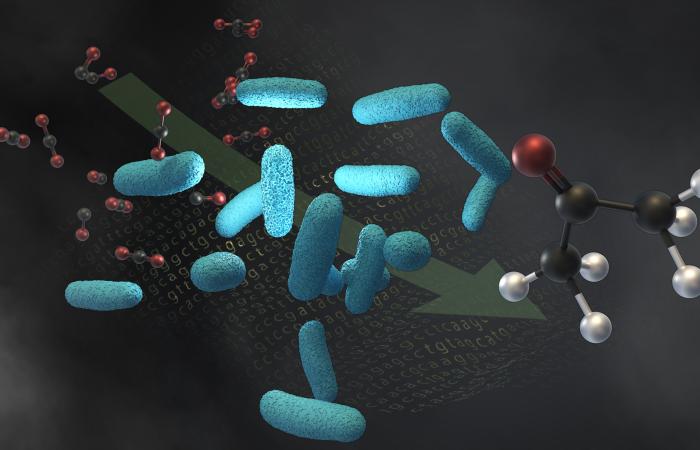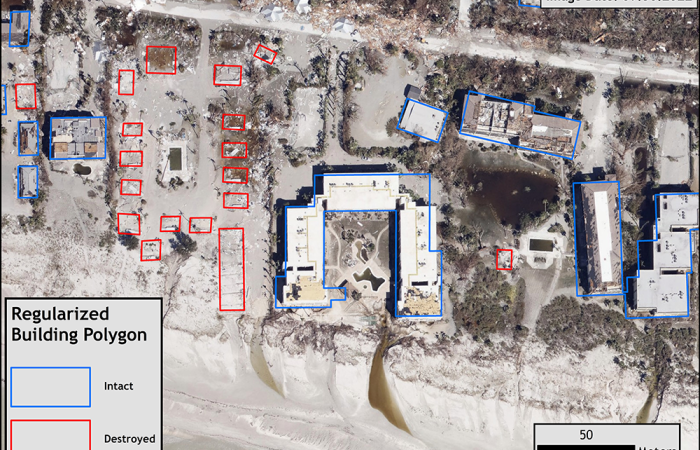A new supercomputer breaking performance records, a mind-blowing physics experiment trying to spot dark matter and the groundbreaking for a new isotope facility were among Oak Ridge National Laboratory’s most popular news stories of 2022.
Ultra Safe Nuclear licenses ORNL method to 3D print advanced reactor components
(Jan. 10) A new method developed by ORNL for 3D printing nuclear reactor components was licensed by Ultra Safe Nuclear Corporation, a Seattle-based company specializing in small modular reactors. The licensed technology allows for an innovative way to turn refractory materials that are highly resistant to extreme temperatures and conditions into complex shapes needed for nuclear reactors.
Carbon-negative platform turns waste gases into valuable chemicals
(Feb. 21) Researchers developed a technology that captures industrial emissions and turns them into useful chemicals. The system uses microorganisms to convert carbon waste into acetone and isopropanol, widely used in producing thousands of products, including fabrics, solvents and acrylic glass. The innovation represents a step toward a circular carbon economy in the race to net-zero emissions.
Frontier supercomputer debuts as world’s fastest, breaking exascale barrier
(May 30) ORNL’s newest supercomputer, Frontier, earned the top ranking as the world’s fastest on the 59th TOP500 list, with 1.1 exaflops of performance. The system is the first to achieve an unprecedented level of computing performance known as exascale, a threshold of a quintillion calculations per second. Frontier features a theoretical peak performance of 2 exaflops, or two quintillion calculations per second, making it 10 times more powerful than ORNL’s Summit system, which itself held the No. 1 position as recently as 2020.
ORNL, partners launch first experiments using new facility to make cosmic isotopes on Earth
(June 3) The new Facility for Rare Isotope Beams, or FRIB, opened at Michigan State University in 2022, and ORNL has a hand in 10 of its first 34 nuclear physics experiments. FRIB will deliver new knowledge about what holds atomic nuclei together, how elements are created and how to use nuclei for societal benefits, including in medicine, homeland security and industry. The facility will produce more than 1,000 new rare isotopes, which are unstable and prone to decay. Many exist for mere fractions of a second and were previously made only in stellar explosions and neutron star mergers. Now, what is designed to be the world’s most powerful heavy-ion accelerator makes them here on Earth.
Physicists confront the neutron lifetime puzzle
(June 28) A team of ORNL scientists developed a fascinating experiment to detect the elusive “mirror neutron,” a theorized dark-matter particle equivalent to the neutron. If its existence is confirmed, the discovery would put scientists one step closer to the first observation of dark matter. Although the experiment did not confirm mirror neutrons, it helped narrow possible explanations for a discrepancy in results between two experiments scientists have long used to measure the lifetime of a free neutron, a key aspect for understanding the behavior of dark matter.
Scientists discover cancer trigger that could spur targeted drug therapies
(July 5) ORNL biologists confirmed a link between a specific domain of proteins and a type of cancer trigger in humans, knowledge that had eluded scientists for decades. Interestingly, the same protein is linked to defense signaling during plant-microbe biological interactions in bioenergy crops. The discovery offers a new path for developing selective drug therapies to fight various cancers, such as those that begin in the breast and stomach.
Researchers bring more reliable electricity to Puerto Rican microgrids
(Sept. 12) Even five years after Hurricane Maria slammed Puerto Rico, power outages remain frequent. To help solve this problem, ORNL researchers have developed a system to manage and coordinate clusters of microgrids, small networks that generally get their energy supply from nearby renewable sources such as wind and solar. This architecture allows communities to become more resilient during outages. Initial simulations estimate that the microgrids could run for up to a week during an emergency.
Lithium-ion battery material breaks barrier on fast charging
(Sept. 21) Researchers discovered a new material that dramatically improves fast charging in lithium-ion batteries. The compound, called molybdenum-tungsten-niobate, could potentially replace graphite anodes in commercial batteries and improve charging speeds for electric vehicles.
Energy Secretary breaks ground on new isotope facility at ORNL
(Oct. 24) U.S. Secretary of Energy Jennifer Granholm attended the groundbreaking ceremony for the U.S. Stable Isotope Production and Research Center, a new 64,000-square-foot ORNL facility that will produce isotopes on a large scale. Once operational, the center — which will receive $75 million in funding from the Inflation Reduction Act — will help meet the nation’s increasing demands for isotopes for medicine, industry, science and national security.
Deep learning underlies geographic dataset used in hurricane response
(Nov. 1) For the past seven years, ORNL researchers have mapped and characterized all structures within the United States and its territories to aid FEMA in its response to disasters such as Hurricane Fiona’s landfall in Puerto Rico. This dataset, called USA Structures, provides a consistent, nationwide accounting of the buildings where people reside and work. The system uses deep learning — a process that develops its own algorithms — to recognize the most vulnerable areas and structures quickly.
UT-Battelle manages ORNL for the Department of Energy’s Office of Science, the single largest supporter of basic research in the physical sciences in the United States. The Office of Science is working to address some of the most pressing challenges of our time. For more information, please visit energy.gov/science. — Andrea Schneibel
